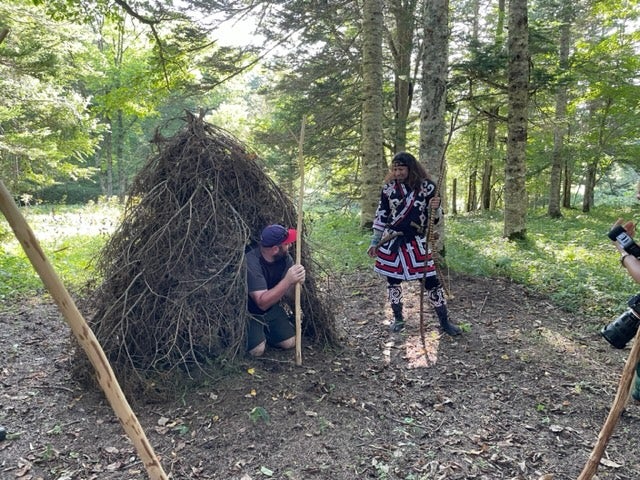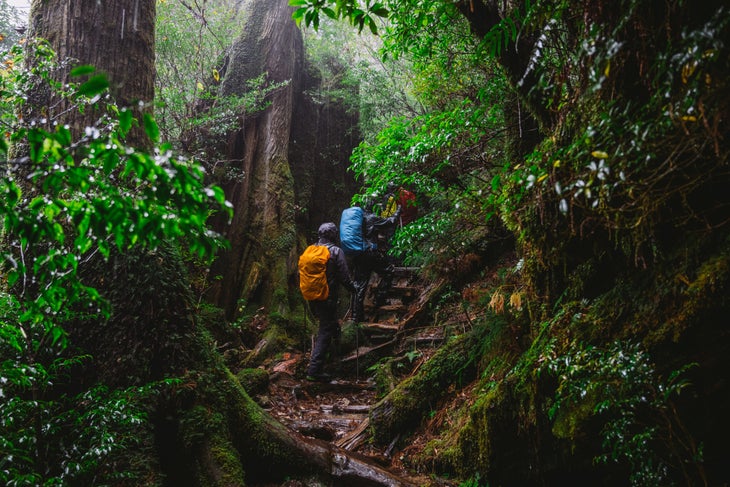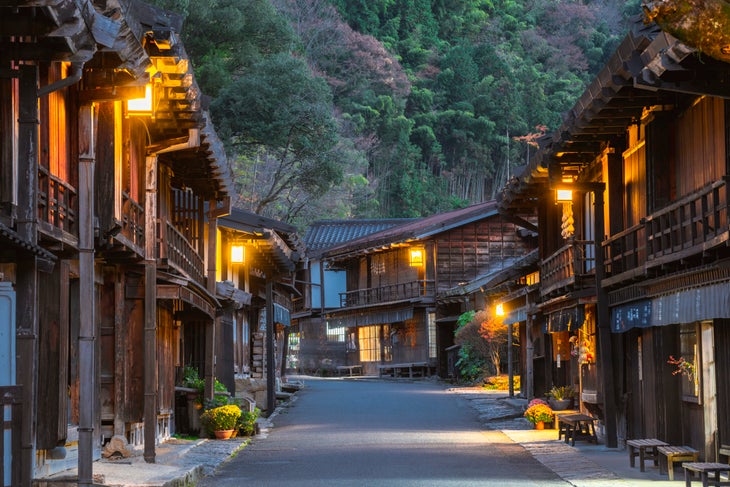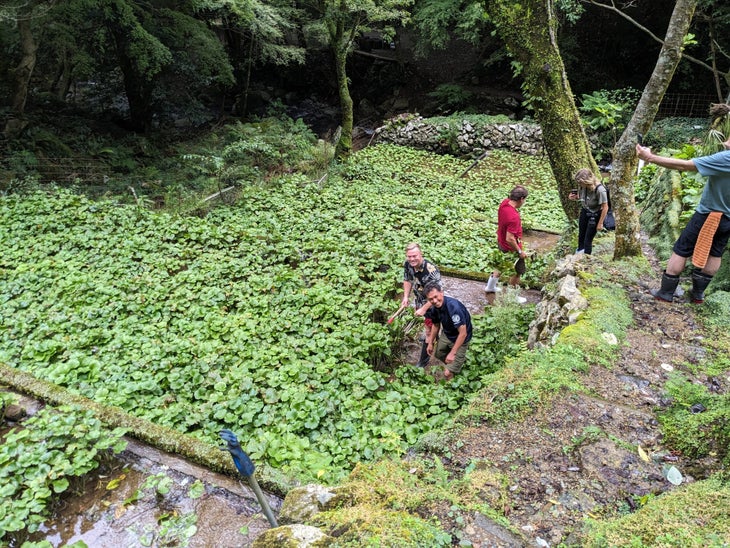No products in the cart.
Outdoor Adventure
Japan Is an Adventure Traveler’s Paradise
Adventure travel is a way to experience a new place on a deeper level, going beyond the usual tourist sights to the local culture and nature through memorable, exciting activities. No destination is more equipped to offer a diverse adventure travel experience than Japan. With four distinct seasons and diverse natural landscapes that lend themselves to a broad range of outdoor sports, each region of Japan offers something unique to adventure seekers. We chatted with the experts at the Japan National Tourism Organization to learn how Japan checks all the boxes when it comes to an adventure travel destination.
Outside: Where are the best places to experience adventure activities in Japan?
Japan National Tourism Organization: The Hokkaido region, which encompasses Japan’s northernmost main island, is known for its rugged volcanic mountains and geothermal activity. Biratori, a town in this region, is one of the ancestral homes of the Ainu, the indigenous people of Hokkaido. The town is still inhabited by many Ainu people today. The Ainu people have always respected nature, animals, plants, and the tools they make with their own hands, considering everything around them to be kamui (gods). In the 19th century, English explorer Isabella L. Bird visited this region, a trip that inspired her travelogue Unbeaten Tracks. Following in Bird’s footsteps, visitors can experience the lifestyle, culture, and spirituality of the Ainu people as they explore Biratori and the surrounding area.

In the southern part of Japan, Yakushima Island is one of 34 national parks in the country and is designated a UNESCO World Heritage site. The island receives the most rainfall of any region in Japan, and its abundant water supply nurtures forests of Yakushima cedar trees—some more than 1,000 years old—and beautiful evergreen forests. Visitors can enjoy a variety of activities on this mysterious island, including mountaineering, nature walks, and kayaking. These activities allow visitors to convene with nature and experience the blessings of water and the life it brings.

What outdoor adventures can visitors experience in Japan?
Japan spans three climate zones, from subarctic Hokkaido to subtropical Okinawa. This diversity in climates allows visitors to experience multiple seasons in one visit. For example, in April, visitors can enjoy skiing and snowboarding in the fine powder snow in Hokkaido. Then, in Okinawa, the southernmost island, the warm tropical climate lends itself to diving and snorkeling.
Japan’s four distinct seasons make it a wonderful destination year-round. Visitors can enjoy a variety of outdoor activities, such as hiking and cycling, throughout the year. In spring, spend time among the cherry blossoms, or enjoy autumn leaves in the fall. Both of these stunning seasonal changes are symbolic landscapes of Japan.
What makes adventure destinations in Japan unique compared to those in the United States?
Japan is a unique destination for adventure travel because each region you visit throughout the country has its own traditional lifestyle and culture. For example, Nakasendo, which used to be an important pass connecting Kyoto and Edo (ancient Tokyo), is still preserved in its original form, and visitors can enjoy trekking while feeling the natural surroundings. Tsumago-juku, located just beyond the pass, was once a prosperous post town and has been registered as an Important Preservation District for Groups of Traditional Buildings, where houses from the past remain standing. Travelers can feel like they’re stepping back in time to explore Japan’s history while enjoying the country’s natural beauty.

How can visitors experience Japan’s culture outside of major cities?
Cuisine is another important element in Japanese culture. Not only can you taste dishes made from local ingredients throughout Japan, but you can also have a variety of food-related experiences. At Tanohata Village, located in the middle of the 637-mile Michinoku Coastal Trail in the Tohoku region, visitors can experience salt-making, once an important tradition along the Sanriku coastline. At Fujii Wasabi-en in Shizuoka, visitors can experience harvesting wasabi that’s cultivated using spring water from Mount Amagi. Curious about how sake is made? Head to Kameizumi Sake Brewery in Shikoku, where visitors can observe the sake-making process using locally grown rice, yeast, and underflow water from the Niyodo River, known as the purest river in the country—and, of course, enjoy sake tasting.

Is it easy to reach Japan’s adventure destinations?
Japan’s transportation system is very advanced, making it relatively easy to access more remote adventure destinations. For example, a traveler arriving in Tokyo can fly to Hokkaido in just 90 minutes or to Okinawa in three hours. Bullet trains are also a very convenient mode of transportation. A 90-minute train ride transports you to Sendai, the gateway to the Tohoku region, with easy access to the Michinoku Coastal Trail, and Nagano, one of Japan’s most mountainous areas and a reminder of the Edo period. Finally, expressways and express bus routes are well-developed for local and regional transport.
JNTO is involved in a broad range of activities, both domestically and worldwide, to encourage international tourists from all over the world to visit Japan and to showcase Japan’s vast nature, rich culture, and the ways in which adventure travel can promote Japan’s wild natural beauty and unique local cultures. For further information, please visit the adventure travel section of japan.travel.
Source link

